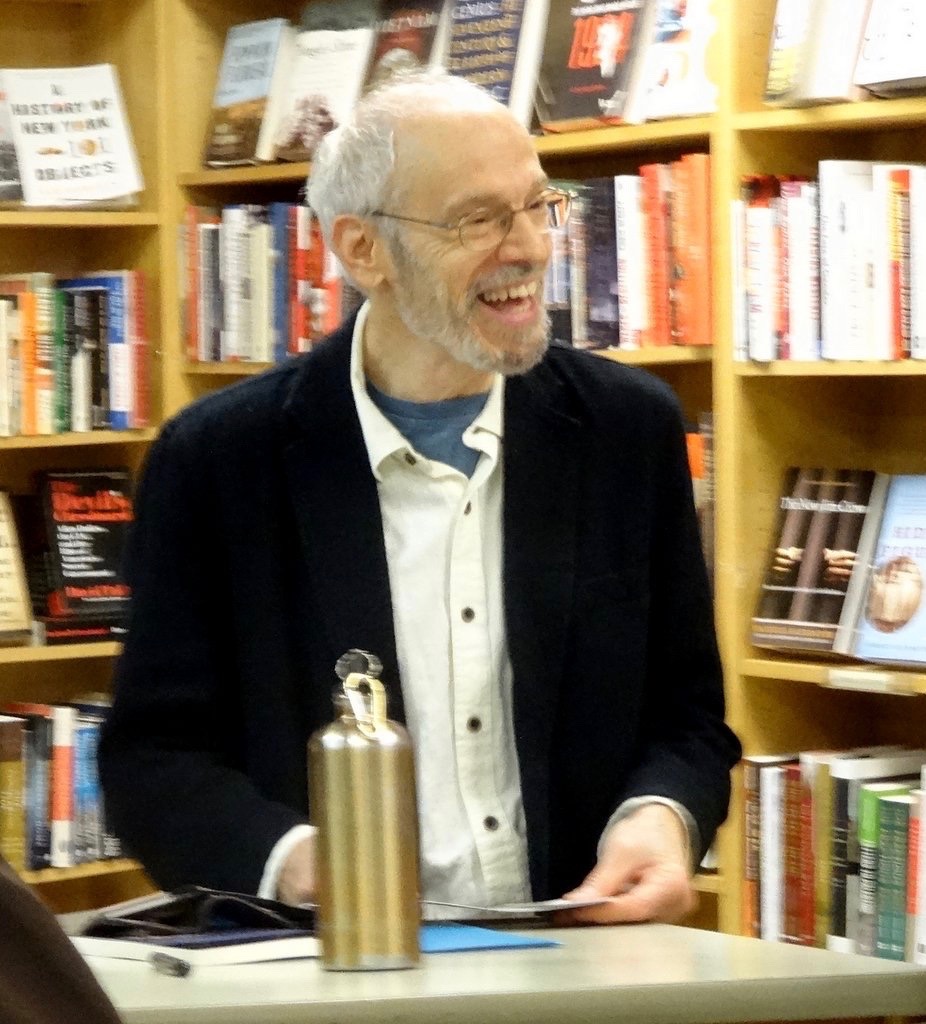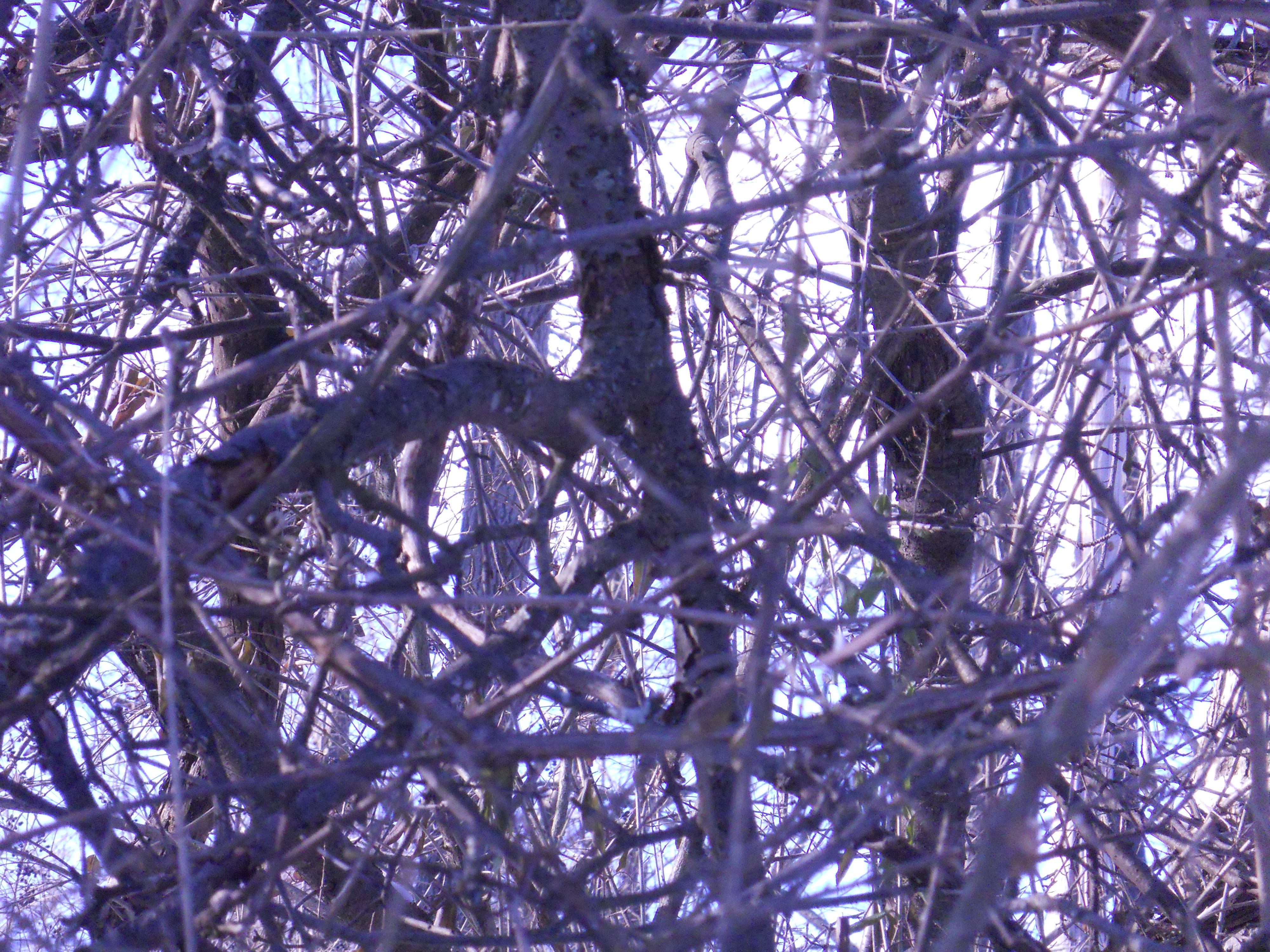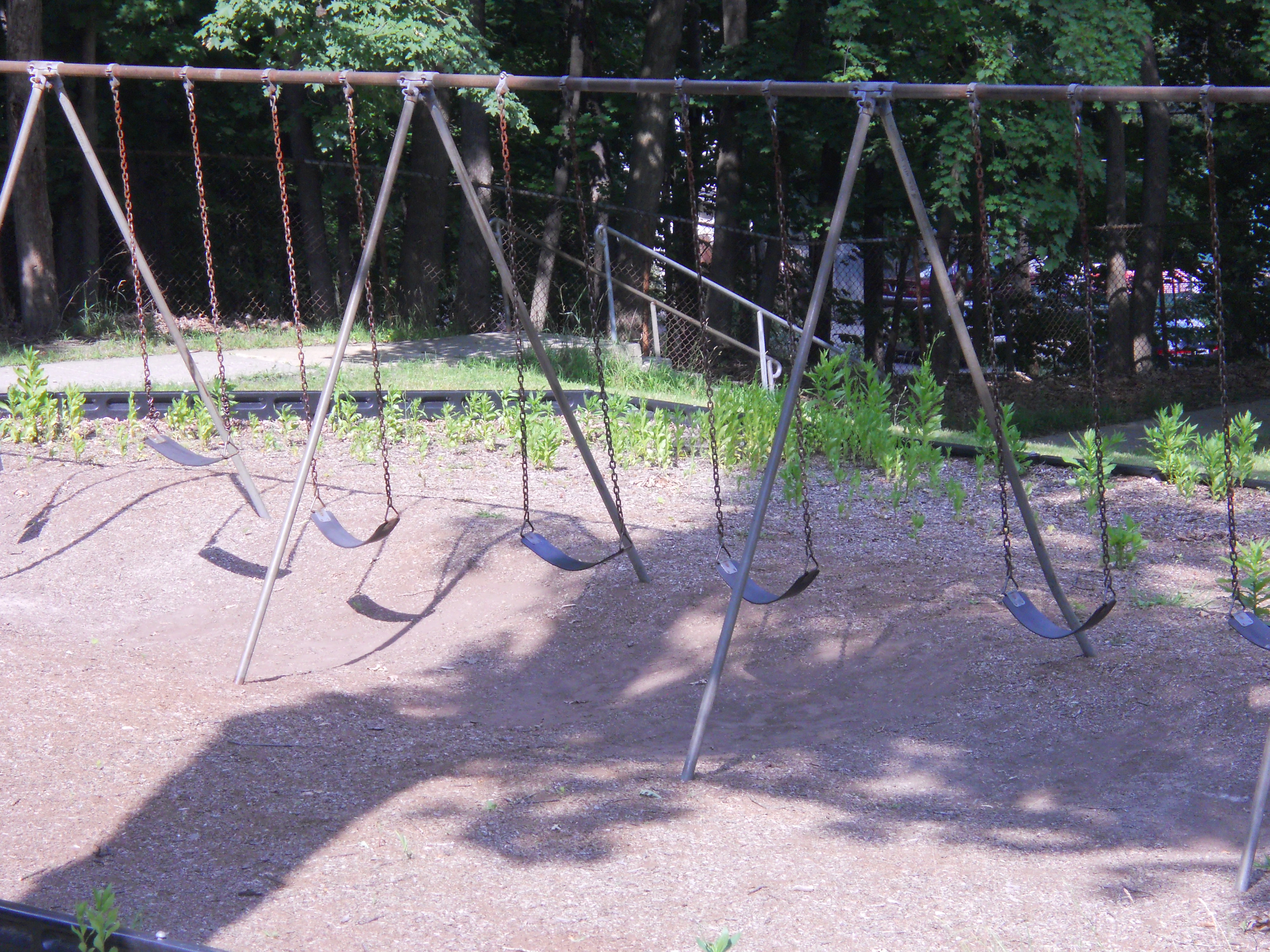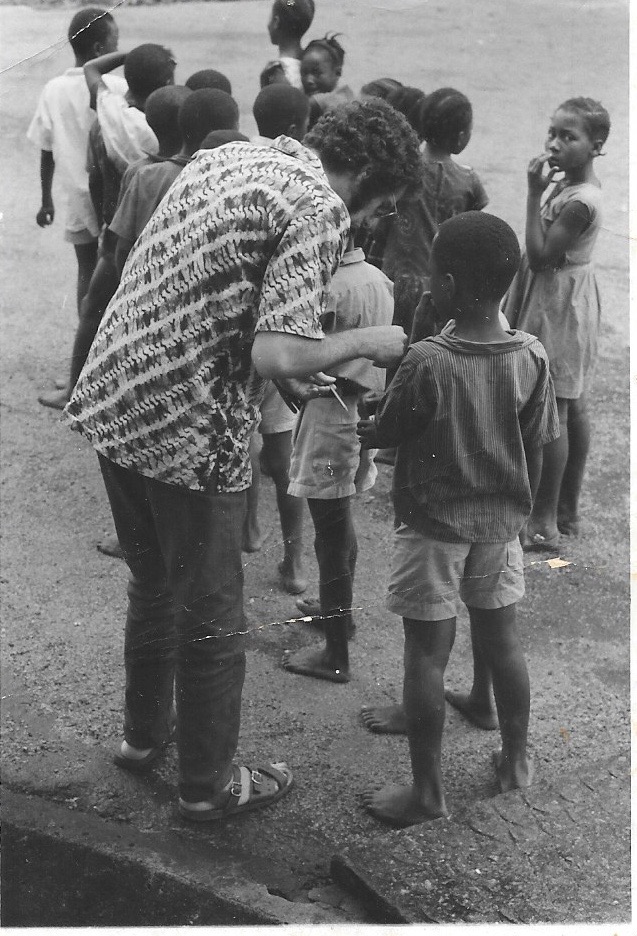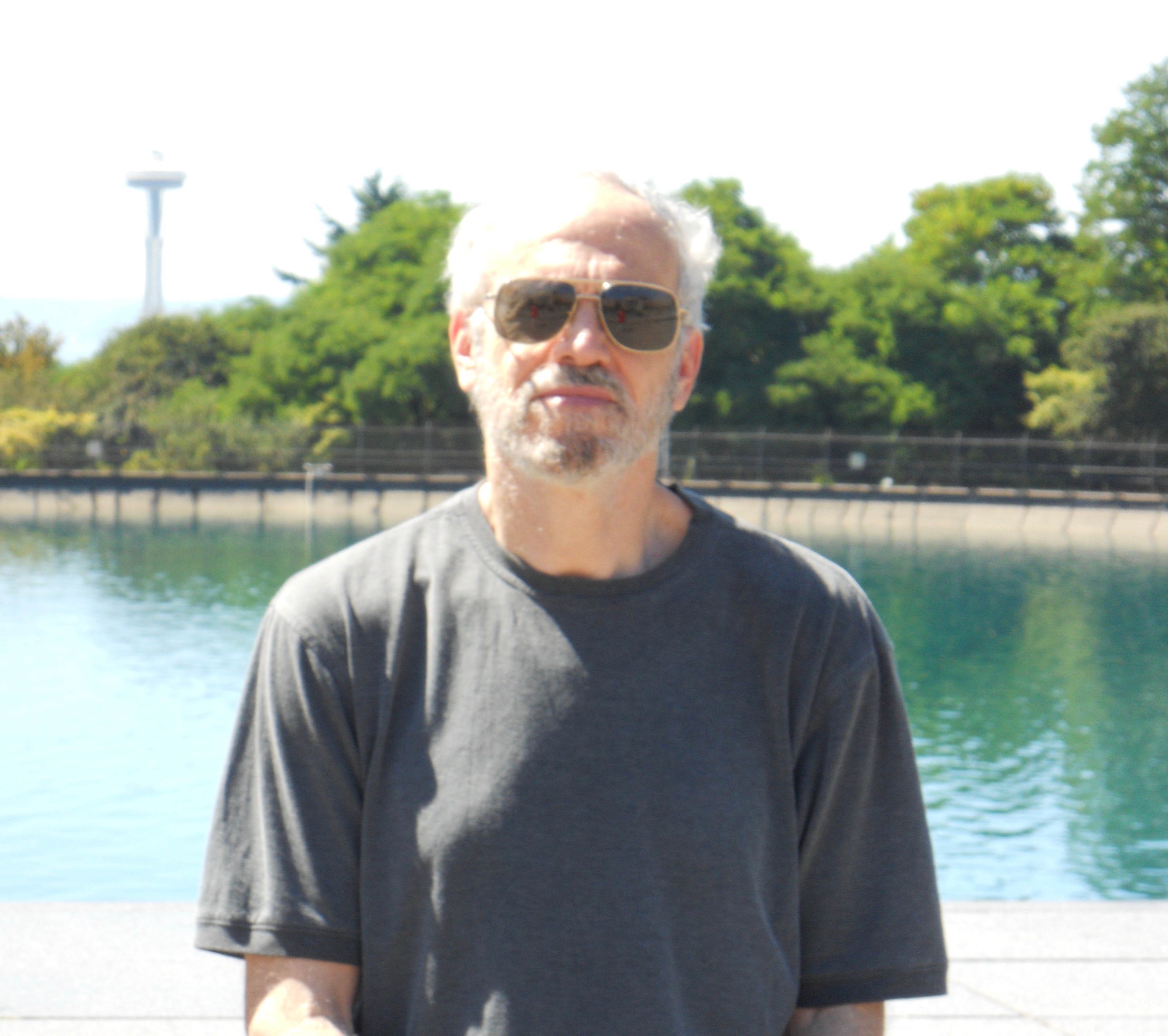When you awake each morning dreading the news, it’s time to add mindful logic to your coffee. And its time for schools to teach how to think more empathically, clearly, and critically, with more understanding of one’s own mental and emotional state. Current events and election coverage classes are not a new idea. But what might be new is to do more than just listening to news media and testing students on superficial knowledge. Students can learn to analyze the news, discern lies, distortions and logical fallacies, as well as become more aware of how they respond to and are emotionally affected by a news item. They need to go beyond the mere memorization often pushed by standardized testing and actually imagine what the real people in a news item might be experiencing. By intellectually taking hold of the world they can feel a sense of power and will be more capable of acting meaningfully in it.
Of course, many might think this blasphemy. Supposedly, assigning students the task of analyzing and fact-checking the statements of politicians, for example, can lead to indoctrination. But how is the questioning of real people and events indoctrination? And what is the alternative? A politician running for office who, by most criteria and a simple use of Google, lies or distorts the truth about 90% of the time? To counteract indoctrination, teachers need to understand and reveal their own positions with care and humility, understanding that they might be wrong or missing something. ( I, for example, deplore the lies, misogynist statements and actions, and racist insinuations made by Donald Trump, e. g. about Judge Ganzalo Curiel.) They must teach the necessity of doubting any theory until it is questioned in some detail and shown to be well reasoned and supported, even a teacher’s position.
Students need to be allowed, even encouraged, to ask questions like: “Does the corporate media report more extensively on one candidate for office over another? What is the evidence for this?” And ask what happens to public discourse, what happens to the power of the public, when the truth is made to seem unimportant? What is the cost to the level of public discourse when politicians constantly lie and many Americans believe it?
Teachers need to appreciate, understand and explain the necessity for examining a diversity of viewpoints in forming an understanding of an issue. To get out of the way of a car speeding toward you on a street, you need to see it from the perspective of where your body is standing. But you must also understand the car and you must know what it can do. You must know it from its own perspective. To understand, you need this relationship of multiple perspectives. Once you leave behind exclusively taking the perspective with you at the center, you perceive and can think more clearly and with less bias.
Students can greatly benefit from learning how to recognize persuasion techniques and formal or informal fallacies, which can enable them to recognize how salespeople and political leaders try to sway their thinking. For example, there is the bandwagon technique in advertising or ad populum fallacy, which creates internal pressure to do something because everyone is doing it—or everyone you identify with. It is a version of peer pressure. Or ad hominem—which means, you attack the person and ignore what she says. Or you appeal to emotion, like fear or jealousy to distort thinking. If a statement is repeated frequently enough in a context you trust, you tend to believe it, even if there is little supportive evidence. There is overgeneralization, which is at the heart of prejudiced statements. The mere semblance of logic can be persuasive, as when someone adds “because” to a request (as in “can I please budge in line ahead of you because I get so nervous waiting on lines”) you are more likely to accede to what is being asked.
But you must be able to distinguish the mere semblance of logic from sound reasoning. Sound reasoning is both true, meaning it is based on evidence that is reliably verified. And the argument is valid, which means the position taken by the speaker follows logically or naturally from the statements offered as supportive evidence. Ask: What was actually said? What is your proof? Verify statements offered as supportive evidence through online and other resources, and not just with fact-check sites. You could discuss what is a fact and how it is different from an opinion or theory. Are the supposed facts really facts? You could teach inductive and deductive reasoning and arguments by analogy.
Teach the following questions:
What are the implications of the position and the intent of the speaker?
- Intent: What did she actually say? What did she mean by that? What might he have been feeling or what was his line of reasoning? What is the statement trying to convince you of? Is the statement consistent with other, previous statements? Is there evidence, for example, that donors are paying the politician to take a position?
- Implications: How will the position affect the planet? Poor people? People in the Middle Class? The integrity of the community? What are the ethical dimensions of the viewpoint? Does this position increase or decrease suffering and social and economic inequity?
Researchers have argued that teaching logic does not necessarily transfer to clear critical thinking. But in my experience, it is helpful. It can work with social-emotional learning to focus the students on the matter at hand. If students learn to spot fallacies not only in the speech of politicians, classmates, as well as themselves, they will have an additional tool of self-control.
Students can be taught to mindfully recognize the speeded up heartbeat and breathing, the shakiness and sense of being pressured, as well as other sensations and thoughts which arise when they feel a threat or unconsciously distort what they hear, so they can let it go. When you listen to the news, hear what your mind and body say in response.
It is important both for your mental health and for acting as a responsible citizen to analyze the news with an understanding of your own mental-emotional state, your inclinations, desires, theories about the world, and how others influence you. This part of the curriculum needs to be expanded in our schools, or added if it is missing.
*For more assistance in teaching about the election, I recommend the article in Teaching Tolerance: Teach 2016. For more assistance in teaching critical thinking, see my book, Compassionate Critical Thinking.


